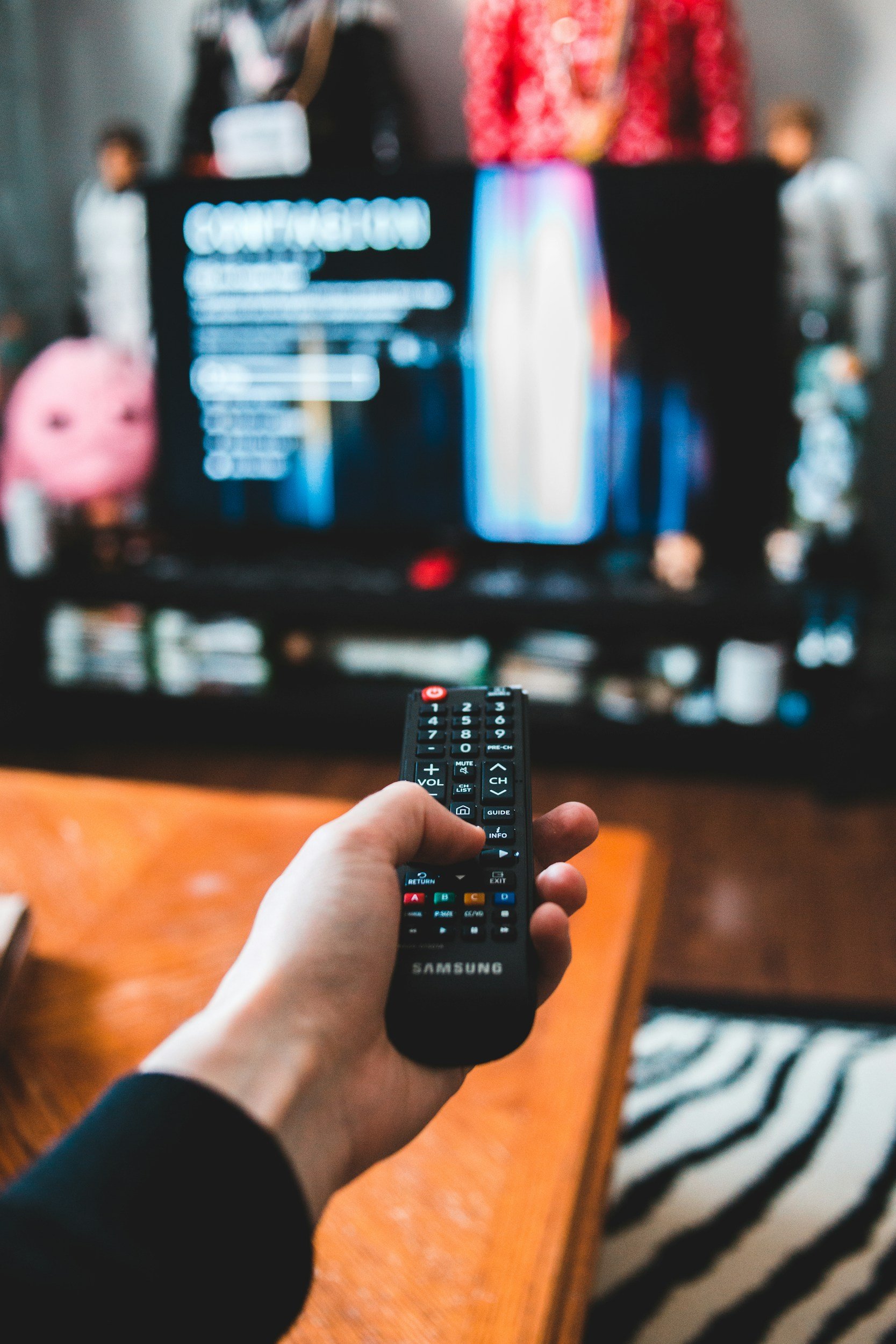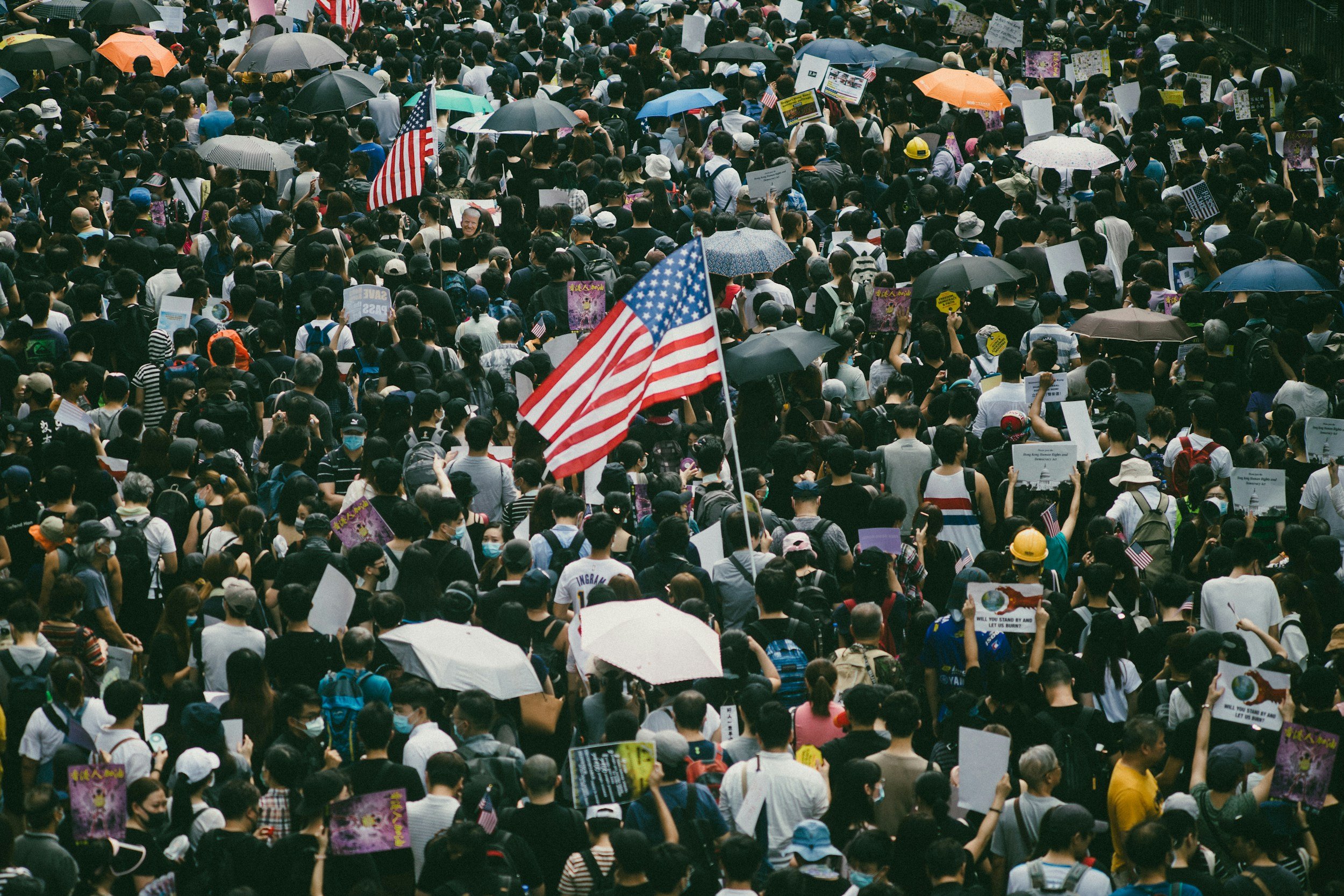The Intricate Experience of Déjà Vu
A Glimpse into the Unfamiliar Familiar
Imagine walking into a room you've never been in before, yet somehow, it feels like you've seen it all before—the arrangement of furniture, the colors on the wall, even the way the light filters through the window. This uncanny feeling, where a new experience feels oddly familiar, is known as déjà vu. While it often lasts only a few fleeting seconds, déjà vu has intrigued scientists, philosophers, and the general public for centuries. Despite its commonplace occurrence—affecting an estimated 60-80% of people at least once in their lives—the phenomenon remains shrouded in mystery. What exactly causes déjà vu? How does the brain create this illusion of familiarity? And why do some people experience it more than others?
What is Déjà Vu?
Déjà vu, which translates to "already seen" in French, is a psychological phenomenon where an individual feels an overwhelming sense of familiarity with something that is objectively new. This sensation is transient and typically occurs without any accompanying recollection of when or where the familiar scene was previously encountered. The mind becomes caught in a paradox—on the one hand, it recognizes that the experience is new, yet on the other, it feels as though it has been lived before.
According to Anne Cleary, a leading researcher in cognitive psychology, déjà vu represents a mismatch between the brain's recognition and recollection systems. While we recognize the situation as familiar, we cannot recall the specifics of the previous encounter, because, in reality, there was none. This leads to the eerie sensation that often accompanies déjà vu (Cleary, 2008).
Theories Behind the Phenomenon
Theories about déjà vu fall into four primary categories: dual processing, neurological mechanisms, memory, and attentional explanations. Each of these theories attempts to dissect the experience from a different perspective, adding pieces to the puzzle of this enigmatic phenomenon.
1. Dual Processing Theory
The dual processing theory suggests that déjà vu occurs when two cognitive processes that usually run in tandem become out of sync. For instance, the brain's recognition of a scene as familiar might happen a fraction of a second before it consciously processes the details of the scene. This slight delay can lead to a sense of familiarity that feels misplaced because the brain has registered the scene twice: once quickly and subconsciously, and again consciously after a slight lag.
2. Neurological Mechanisms
From a neurological perspective, déjà vu has been linked to irregularities in brain activity, particularly in the temporal lobes, which are involved in memory and sensory processing. The hippocampus and amygdala, regions of the brain associated with memory formation and emotional response, also play key roles. Disruptions in these areas, such as those seen in people with temporal lobe epilepsy, can trigger déjà vu experiences (Wild, 2005). Indeed, in epilepsy patients, déjà vu is often a precursor to seizures, accompanied by specific patterns in EEG readings, such as polyspike activity in the right temporal lobe (Власов et al., 2013).
3. Memory-Based Explanations
Memory theories of déjà vu propose that the sensation arises when a current experience closely resembles a past one, but the memory of the original event is not fully recalled. The brain recognizes the similarity, leading to a sense of familiarity, yet the details of the previous experience remain elusive. This is supported by research showing that déjà vu can be triggered by scenes that are subtly similar to those in past experiences, even if the individual does not consciously remember the previous encounter (Cleary et al., 2009).
4. Attentional Mechanisms
The attentional explanation posits that déjà vu occurs when the brain momentarily lapses in its processing of the current environment. For example, if someone is briefly distracted and then returns their focus to the scene in front of them, the second processing of that scene might feel like a repeat, generating a sense of déjà vu. This theory aligns with findings that déjà vu can occur when neural transmission speeds are disrupted, causing a delay in processing sensory information (Brown, 2004).
Déjà Vu and Mental Health
Beyond its cognitive and neurological underpinnings, déjà vu has also been studied in the context of mental health. For instance, individuals with anxiety disorders may experience déjà vu more frequently, as their heightened state of alertness makes them more sensitive to subtle similarities in their environment. In these cases, the sense of familiarity might be amplified by the brain's tendency to overanalyze situations, leading to a stronger, albeit erroneous, feeling of recognition (Wells et al., 2018).
The Temporal Lobe Connection
One of the most compelling areas of research on déjà vu centers on its connection to the temporal lobe, a region of the brain associated with sensory processing and memory formation. The temporal lobe, particularly its medial structures like the hippocampus, is crucial in encoding new experiences and recognizing familiar ones. Disruptions or overactivity in this area, as seen in conditions like epilepsy, can result in heightened experiences of déjà vu. This has led some researchers to hypothesize that déjà vu might be a kind of "glitch" in the brain's memory processing system, where signals from the temporal lobe are misinterpreted as familiar (Pašić et al., 2018).
Simply Put: The Mystery Continues
Despite significant advances in understanding déjà vu, it remains an elusive phenomenon with many unanswered questions. Is it a mere cognitive hiccup, a sign of neural misfiring, or perhaps even a window into the workings of human memory? The experience of déjà vu touches on fundamental aspects of human cognition—memory, perception, and consciousness—making it a fascinating subject for continued exploration.
As research progresses, particularly in the fields of neuroscience and psychology, we may one day unravel the full mystery of déjà vu. Until then, the next time you find yourself in the midst of a déjà vu experience, remember that while the feeling might be familiar, the moment is genuinely new—a curious blend of the known and the unknown, all happening in the blink of an eye.
References:
Brown, A. (2003). A review of the déjà vu experience.. Psychological Bulletin, 129(3), 394-413.
Brown, A. (2004). The déjà vu illusion. Current Directions in Psychological Science, 13(6), 256-259.
Wild, E. (2005). Déjà vu in neurology. Journal of Neurology, 252(1), 1-7.







